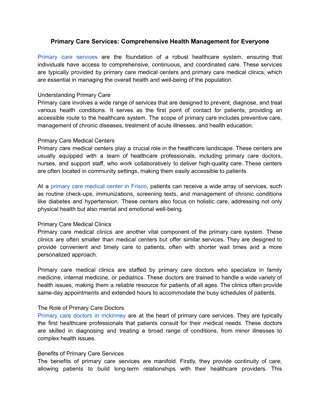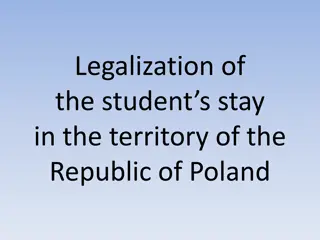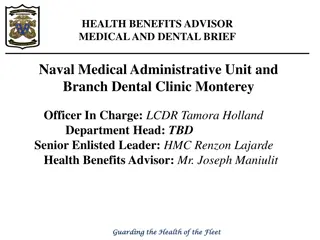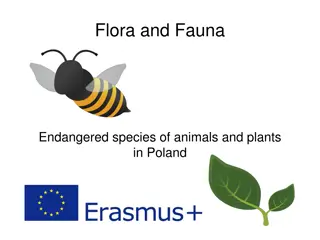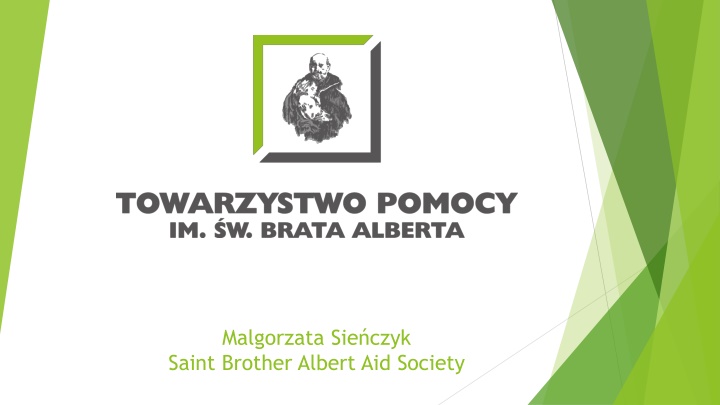
Support for Homelessness Crisis: Shelter with Care Services & Social Welfare Homes
Providing aid to individuals in homelessness crisis through shelter with care services and social welfare homes, offering care, assistance, and independence. Learn more about the services available for those in need.
Download Presentation

Please find below an Image/Link to download the presentation.
The content on the website is provided AS IS for your information and personal use only. It may not be sold, licensed, or shared on other websites without obtaining consent from the author. If you encounter any issues during the download, it is possible that the publisher has removed the file from their server.
You are allowed to download the files provided on this website for personal or commercial use, subject to the condition that they are used lawfully. All files are the property of their respective owners.
The content on the website is provided AS IS for your information and personal use only. It may not be sold, licensed, or shared on other websites without obtaining consent from the author.
E N D
Presentation Transcript
Malgorzata Sieczyk Saint Brother Albert Aid Society
Support for people in the crisis of homelessness who require care services care services provided to people staying in ordinary shelters, Shelters with Care Services (SCS), Social Welfare Homes (SWH) (Nursing Home), Care and Treatment Facilities (CTF) Nursing and Care Facilities (NCF) Supported Housing, (SH)
Shelter with care services provides (SCS) DEFINITION Shelter with care services provides temporary shelter with care services and referral services aimed at strengthening social activity, removing oneself from homelessness, and gaining independence in life. FOR WHOM For people in the crisis of homelessness, who due to age, illness or disabilities require partial care and assistance in satisfying essential life needs, but do not require health care services by a 24-hour care unit, a care and treatment facility or a nursing home
Social Welfare Homes (SWH), (Nursing homes) DEFINITION A Social Welfare Home provides living and care services, assisting and educational at the level of the applicable standard, in the scope and form resulting from the individual needs of people staying there. Nursing homes, depending on who they are intended for, are divided into the following types of houses, for: 1) the elderly; 2) chronically somatically ill people; 3) chronically mentally ill people; 4) adults with intellectual disabilities; 5) children and young people with intellectual disabilities; 6) physically disabled people; 7) people addicted to alcohol. FOR WHOM For people who need 24/7 care due to age, illness or disabilities are unable to function independently in everyday lives that cannot be provided with the necessary assistance in the form of services caring.
Care and treatment facilities (CTF) Nursing and care facilities (NCF) DEFINITION The entity providing long-term care consisting in: providing 24-hour health services that cover care and rehabilitation of patients who do not require hospitalization, and providing them with medicinal products and medical devices, rooms, and food appropriate to dietary requirements, as well as guidance in health education for patients and their family members, as well as encouraging these people to self-care and self-care at home. FOR WHOM For adults or for children and teenagers up to 18 years of age a beneficiary requiring, due to his/her health condition, 24/7 care, and care, rehabilitation and continuation of treatment and not requiring hospitalization in a hospital which, in the assessment, is the scale of the level of independence, hereinafter referred to as "the scale Barthel", received 40 points or less.
NUMBER OF SHELTERS WITH CARE SERVICES Voivodeship Quantity Number of places in SCS Number of people in the homeless crisis Voivodeship Quantity Number of places in SCS Number of people in the homeless crisis Lower- Silesian 96 2844 4 Subcarpathian 55 933 4 Kuyav- Pomeranian 30 1557 4 30 646 1 Subforrest 0 836 0 285 3014 14 Lubelan Pomeranian 68 812 1 223 4255 17 Lubush Silesian 75 1788 2 64 794 5 Lodz Holly-Cross 422 4278 Varmy- Mazurian 14 15 1071 Mazovshan 1 -- 1893 1 Lower-Polish 60 2482 5 Upper-Polish 2 53 849 Opolan West- Pomeranian 0 0 2278 74 1476 30330 Summary
After leaving the SCS People in the homeless crisis most often end up in social welfare homes (average nio 22.5%) and ordinary shelters (14.5%). 12.9% of people die. Unfortunately, as many as 14% of SCS people do not know what happens to them after leaving the facility. 7.2% go to night shelters and 4.6% go to non- residential places. Only 8.1% of people go to various types of housing. We see similar results with CTF/NCF (8.1%) and hospices (8.0%).
MAIN PROBLEMS RELATED TO REFERRING PEOPLE IN THE CRISIS OF HOMELESSNESS TO FACILITIES PROVIDING CARE SERVICES Problems with completing documents confirming income, documentation medical ID card. Problems with obtaining the consent of a person in the homeless crisis to be placed in SCS and Nursing Home. Problems with financing the stay of a person in the homeless crisis in SCS and Nursing Homes - if a person does not have sufficient income (which is the rule), then the financial obligation the responsibility for maintaining her stay in the facility rests with the commune of the last place of residence. Communes (especially smaller ones) avoid directing people in the homeless crisis to more expensive facilities, such as SCS and Nursing Home. These people go to ordinary shelters, low, and even to a dormitory.
The barriers to the creation of SCS The barriers to the creation of SCS are high standards, lack of sources of financing for adaptation to standards, high operating costs with, too low fees by communes and problems with recruiting staff (too many responsibilities in relation to the amount of remuneration).
Medical care for people in street homelessness The most common forms of street medical services are: Joint patrols of street workers with doctors, outpatient clinics for homeless people, mobile or stationary (Gdansk - occasional, Wroclaw and Warsaw - permanently), Ambulances dedicated to people in the homeless crisis patrolling places non- residential (Warsaw, Bialystok), paramedics in various types of mobile forms of assistance (e.g. Mobile Counseling Point, SOS Bus, Winter Police Car - Gdansk, Wroclaw, Warsaw, Bialystok) seasonally in winter






